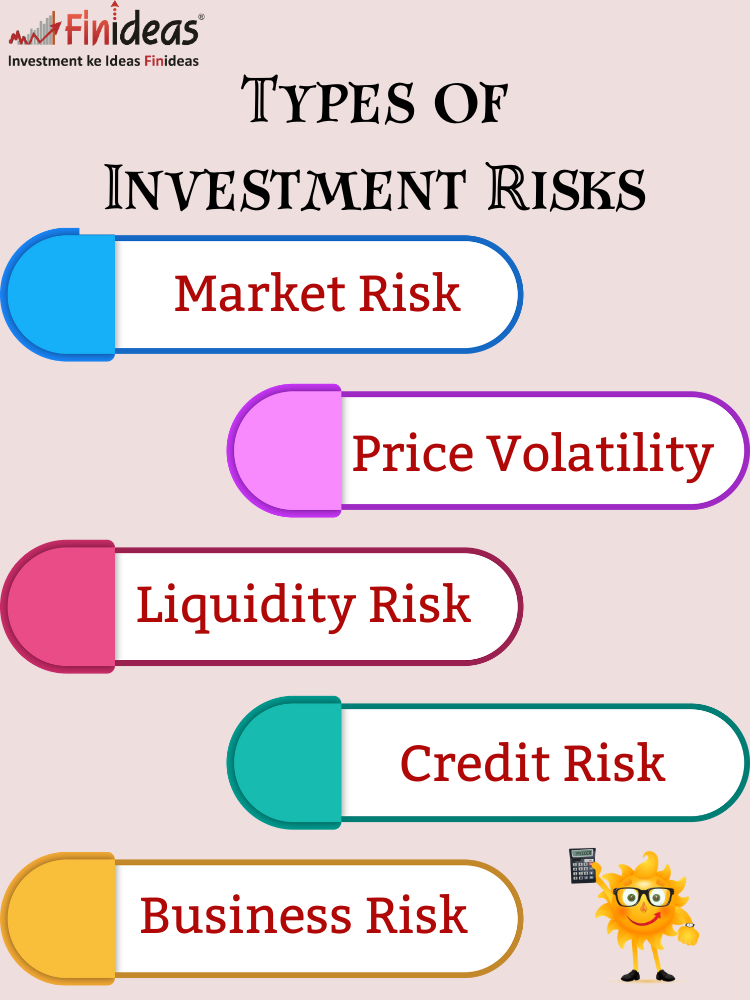Major Types of Investment Risks for Stock Investors
Introduction:
Investing in the stock market can be both exhilarating and daunting. While it offers the potential for significant returns, it also carries inherent risks that investors must navigate. Understanding these risks is crucial for making informed investment decisions and managing portfolios effectively. In this blog, we’ll explore the major types of investment risks that stock investors encounter and how to mitigate them.
Market Risk (Systematic Risk):
Market risk, also known as systematic risk, refers to the broader economic and market factors that affect all stocks collectively. Economic conditions, geopolitical events, interest rates, and market sentiment can significantly impact stock prices universally. Investors cannot diversify away market risk since it affects the entire market. However, staying informed and maintaining a diversified portfolio can help mitigate its impact.
Price Volatility:
Price volatility characterizes the rapid and substantial fluctuations in a stock’s price over a short period. High volatility can lead to uncertainty and potential losses for investors, particularly those with low risk tolerance. Understanding a stock’s historical volatility and employing risk management techniques, such as stop-loss orders, can help mitigate the effects of price volatility.
If you have an interest in preserving your capital while making an investment in the stock market , then you should have a look at INDEX LONG TERM STRATEGY.
Liquidity Risk:
Liquidity risk arises when investors cannot buy or sell a stock quickly enough at a favorable price. Stocks with low trading volumes or in thinly traded markets are susceptible to liquidity risk. To mitigate this risk, investors should prioritize investing in liquid stocks with ample trading volumes and avoid thinly traded securities.
Credit Risk (Default Risk):
Credit risk refers to the likelihood that a company may default on its financial obligations, such as interest payments or debt repayment. A company’s creditworthiness depends on various factors, including its financial health, leverage, and market conditions. Investors should assess a company’s credit risk by analyzing its financial statements, credit ratings, and industry dynamics before investing in its stock.
Business or Financial Risk:
Business risk stems from factors specific to a company’s operations and financial health. Competitive pressures, changes in consumer preferences, management effectiveness, and financial leverage can impact a company’s profitability and stock price. Conducting thorough fundamental analysis and diversifying across industries can help mitigate business risk.
What strategies do you employ to manage investment risks in your stock portfolio, and how do you adapt them in response to changing market conditions? Do let us know in the comment section below .
Conclusion:
Investing in the stock market offers opportunities for wealth creation but also entails inherent risks. By understanding and effectively managing these risks, investors can navigate the complexities of the stock market with confidence. Diversification, thorough research, risk assessment, and disciplined risk management are essential tools for mitigating investment risks and achieving long-term financial goals.
Happy Investing!
This article is for education purpose only. Kindly consult with your financial advisor before doing any kind of investment.


